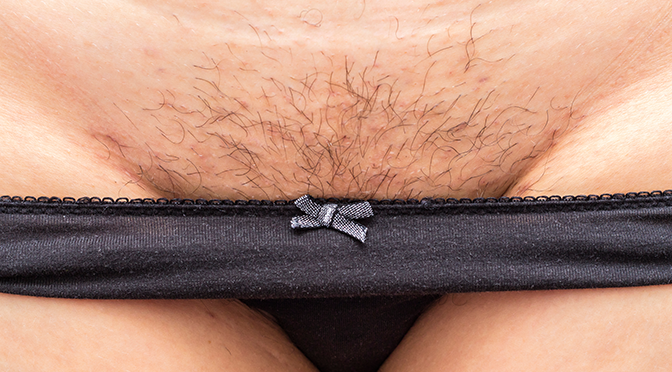The role of pubic hair in history since 1970 from a feminist perspective has been a topic of debate and discussion. Feminists have looked at pubic hair as a symbol of women’s liberation, a way to challenge patriarchal beauty standards, and a tool for reclaiming control over women’s bodies.
In the 1970s, the feminist movement embraced natural body hair as a way to challenge the beauty industry’s ideal of hairlessness. Many feminists saw the removal of pubic hair as a way of conforming to patriarchal standards of beauty and femininity, and they advocated for women to embrace their natural bodies. This movement was known as the “Hairy Armpit Revolution.”
In the 1980s and 1990s, the trend towards hairlessness in women’s bodies became more prevalent, driven in part by the pornography industry, which portrayed women with little or no pubic hair as more sexually desirable. Feminists responded by criticizing this trend as yet another way for women to conform to male desires and to be objectified.
In recent years, the trend towards hairlessness has started to shift again, with some feminists reclaiming their pubic hair as a way of challenging patriarchal beauty standards. For example, the “Full-Bush Brazilian” movement, which emerged in the mid-2010s, encourages women to groom their pubic hair but to leave it fuller and more natural than traditional Brazilian waxes.
Overall, from a feminist perspective, the role of pubic hair in history since 1970 has been a complex one. It has been seen as a way to challenge patriarchal beauty standards, to reclaim control over women’s bodies, and to challenge the objectification of women in the media. However, it has also been used as a tool to enforce beauty norms and to objectify women, highlighting the ongoing struggle for gender equality in the realm of beauty and body politics.

